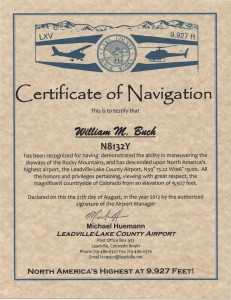It has been a hell of a struggle to upgrade the server (which hosts this site) from Fedora 13 to Fedora 17. The last step was to get my flying apps running in Tomcat again. I confess I don’t track what happens in the java world very closely. And it is a very active world – lots of stuff happening. So it is no surprise I suppose that when you jump four releases there are some adjustments to be made.
To get tomcat running I had to make the following adjustments, in addition to the obvious stuff of adding the FlightPlan war file to /usr/share/tomcat/webapps, installing the mysql jdbc connector, and updating /etc/tomcat/tomcat-users.xml.
Tomcat was unable to find org.apache.tomcat.dbcp.dbcp.BasicDataSourceFactory. I had to add: JAVA_OPTS=”$JAVA_OPTS -Djavax.sql.DataSource.Factory=org.apache.commons.dbcp.BasicDataSourceFactory” in /etc/sysconfig/tomcat. It may be that this is a problem of my own making somehow. In an earlier post I commented about the ongoing evolution in the methods available to connect java apps/servlets with databases. My servlets now use java Datasources, which I think are the “latest thing”, and I’m a little surprised that I have to make special provision for finding the classes. This makes me think it probable that if I understood this better, and did things according to “best practice” in the java world, I wouldn’t have this problem. But as I said before, catching up with all the advancements in java over 7 years is a tall order.
Then Tomcat was unable to find apache-commons-pool.jar, so I had to add a symlink: commons-pool.jar -> /usr/share/java/apache-commons-pool.jar in /usr/share/tomcat/lib. This is less surprising I think. The reference to this part of apache commons is coming from the previous (BasicDataSourceFactory) classes. If the former aren’t there, we don’t need this.
The flying apps seem to be running properly now.

